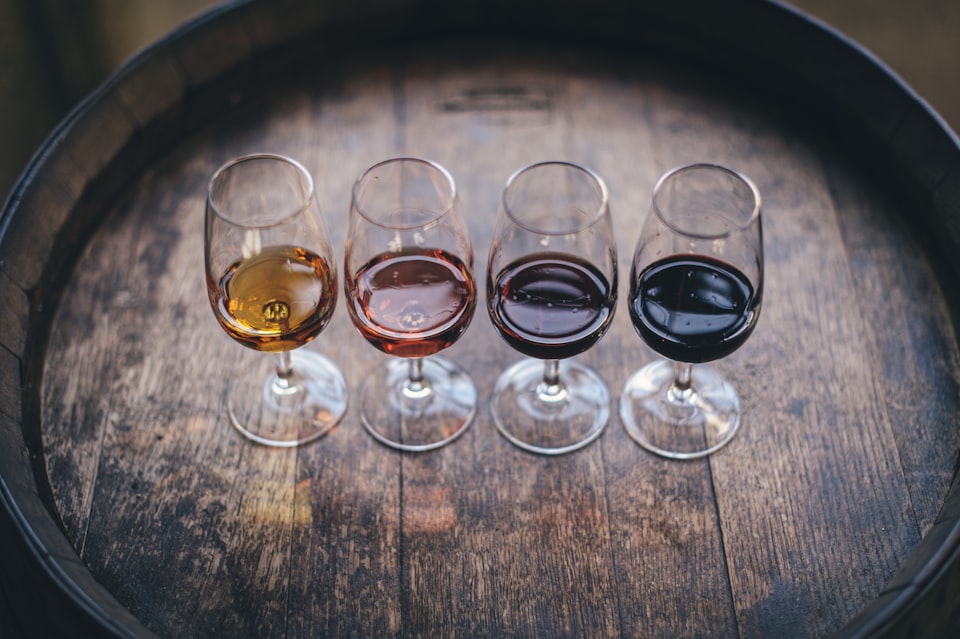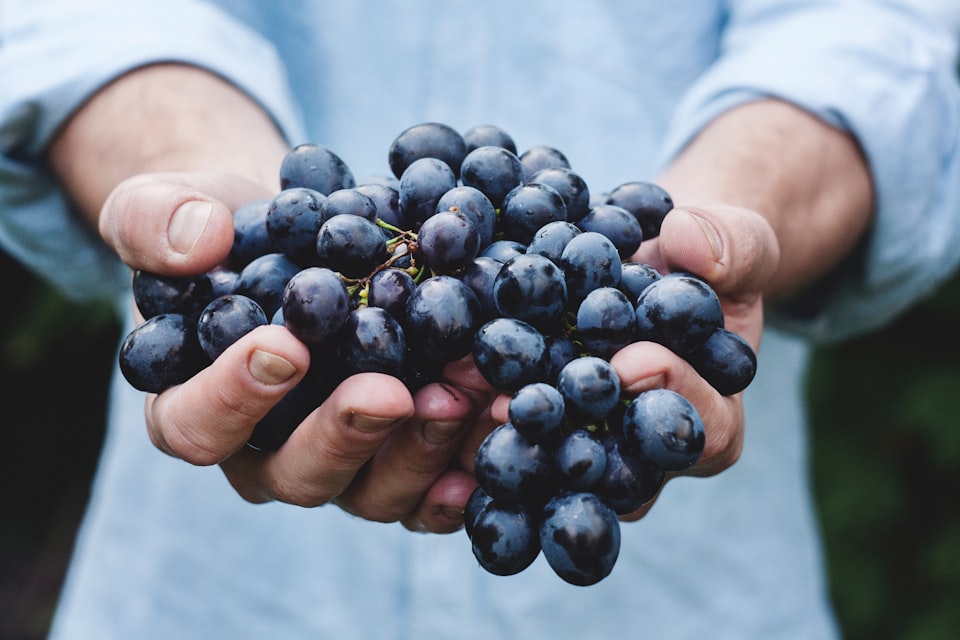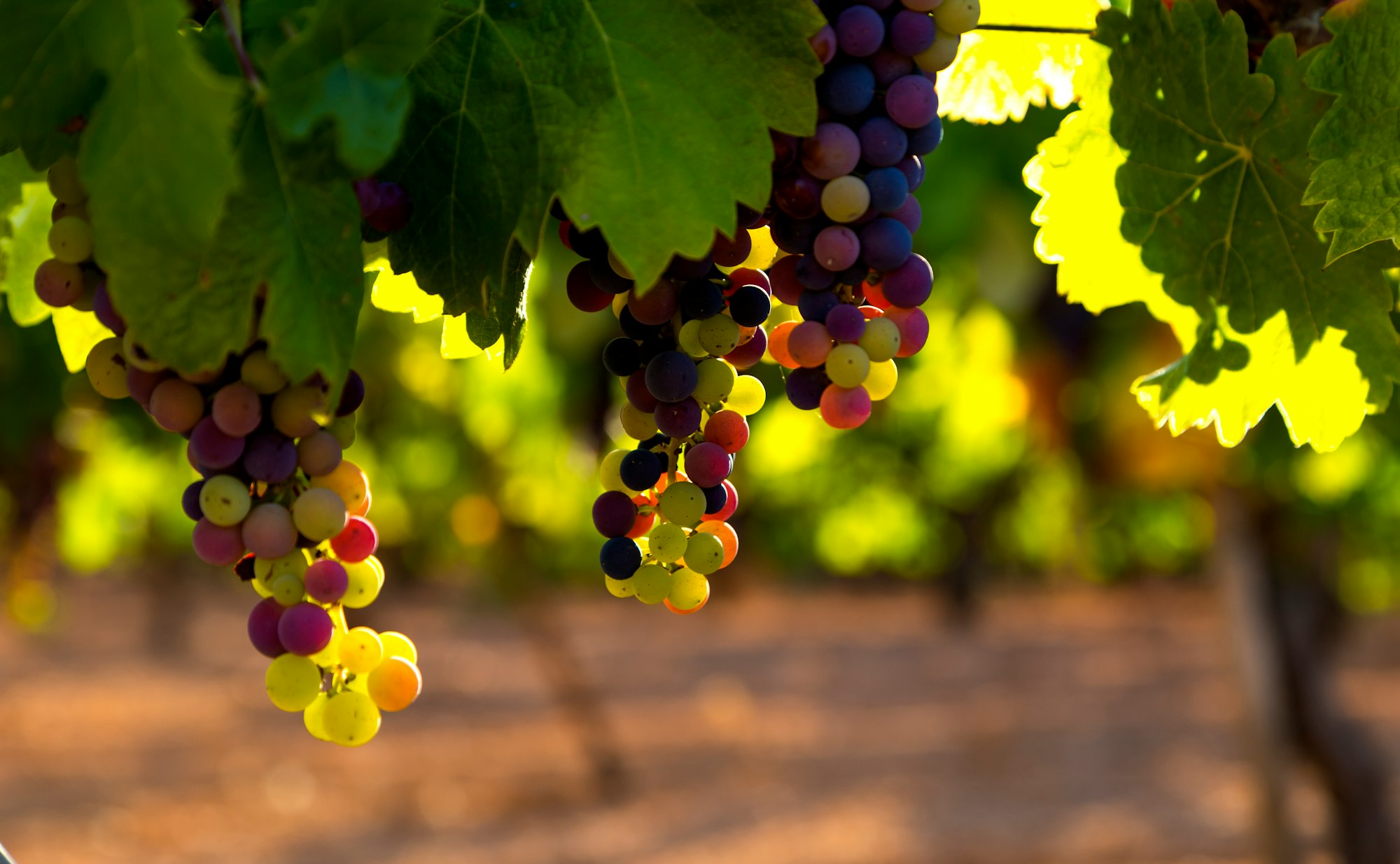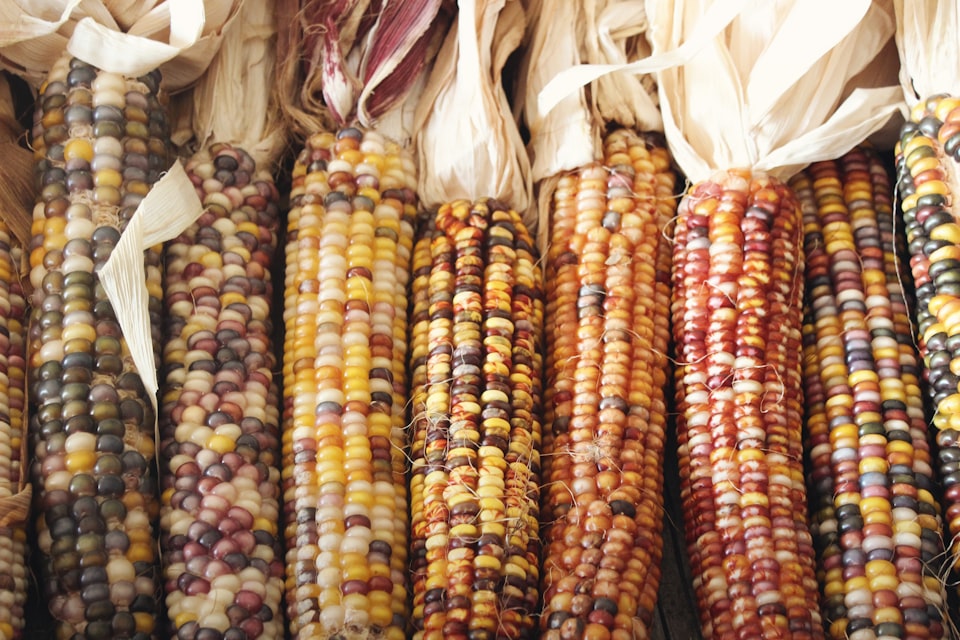VIII: Buckwheat
What Russia's famous crop says about Russia's people.

Good morning. Today is octidi, the 18th of Vendémiaire, Year CCXXXI. We celebrate le sarrasin, a starchy flower seed as an alternative to cereals.
Russians are wary of change. Not that they cannot or do not embrace it, but there's a cultural skepticism that change can really take root in any meaningful, permanent way. This thinking is ingrained, so they say, from centuries of authoritarian rule, harsh economic privations, brutal war conscriptions, and unrelenting winters. You can see Russia going through a bout of this now. The echo of history is strong there. It even rhymes.
щи да каша – пища наша
This compact phrase shushes like an unceasing wind, sixteen letters that, for Russians, sum up an eon of the same old, same old. In Latin letters, it has to expand in length to be properly pronounced. "Shchi da kasha, pishcha nasha."
It means, literally, "Soup and porridge, these are our foods." But a better tonal translation in hard times might be, "Gruel and slop are all we eat," with a heavily implied idiomatic meaning of "this is who we are and nothing ever changes."
Except we're talking about a people who threw off the shackles of an oppressive regime and entirely remade their government, their language, their culture, their religion, and their economy from scratch. Twice. In one century.
What really nourishes Russians? Maybe "gruel and slop" aren't accurate after all. Maybe the answer lies in Russia's native pseudo-cereal, the main ingredient in kasha (каша): the buckwheat flower.



